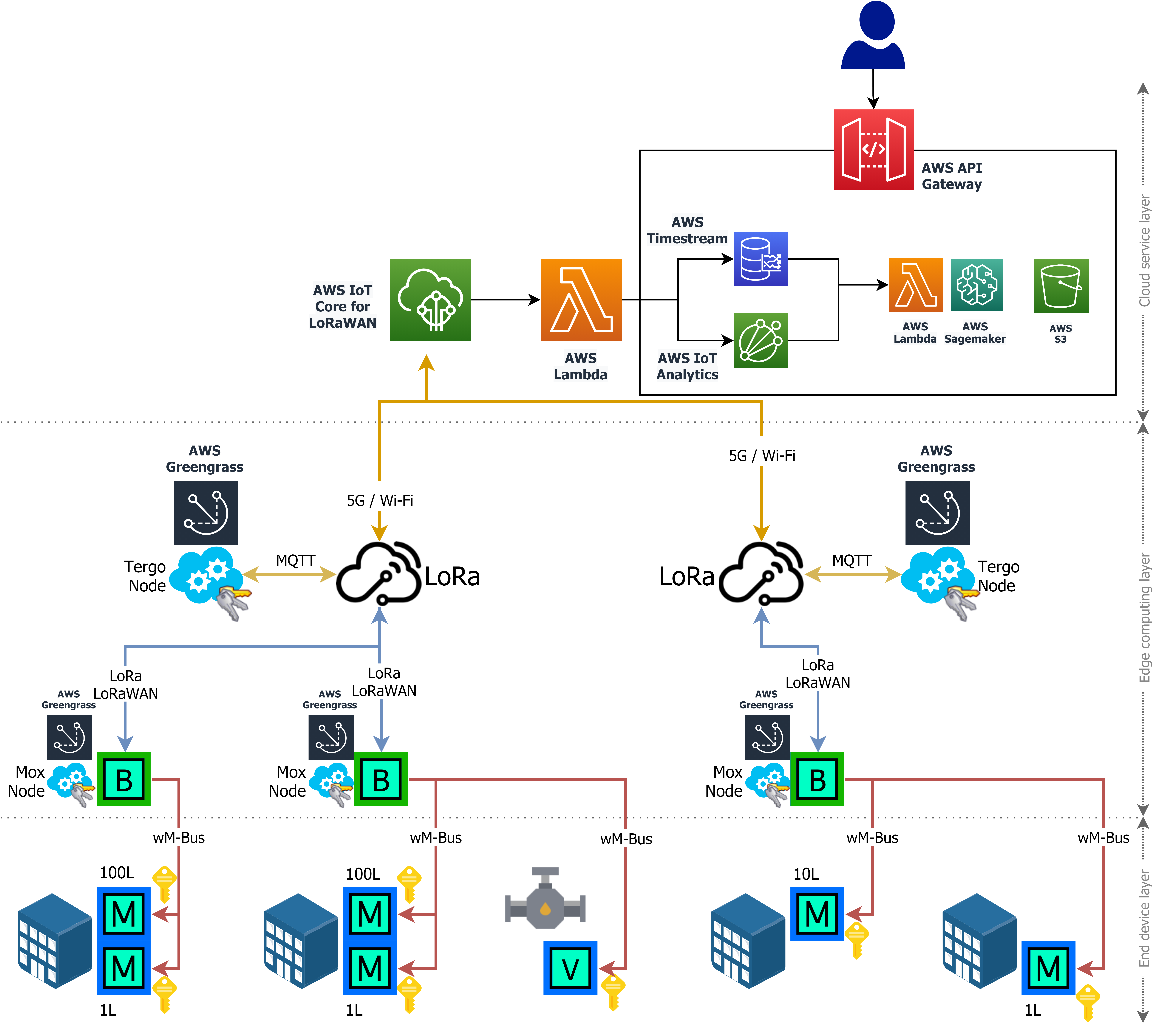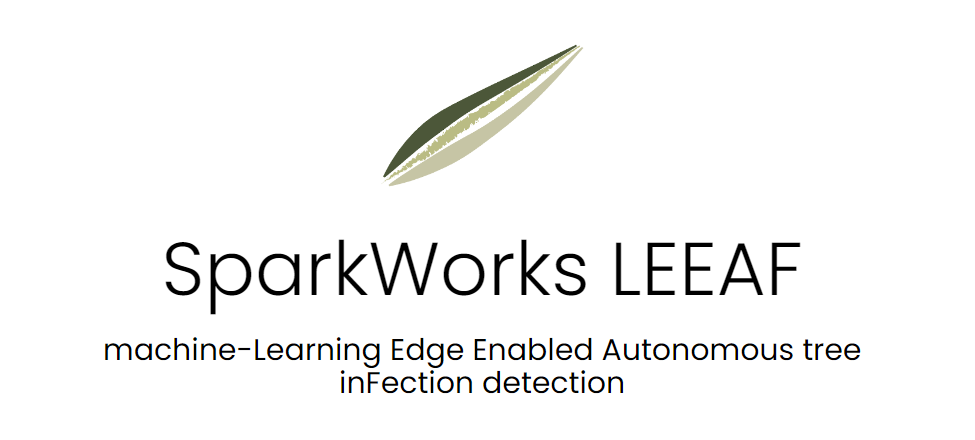Europe Smart Water Meter Market size to exceed $3bn by 2027. Rising population, climate change, and urbanization have led to increased stress over freshwater resources and urban water systems in Europe. Efficient planning and management strategies along with increasing water demand with minimal operational expenditure and flexible urban water infrastructure will augment the business spectrum.
Through real-time continuous control of flows in the water network, smart water meters can help water utilities improve the management of water resources for the benefit of both users and nature (e.g. fast detection of leakage, improvement of customer service, prioritisation of investments-). However, existing solutions for smart metering still present several technological limitations.
Tethys is a large-scale water metering deployment in Thessaloniki, Greece, using water consumption data to identify patterns, behaviors and anomalies. It is a system that uses novel alternative approaches to tackle all the current problems of water metering, including Edge Computing, to distribute the processing of water metering data in multiple layers of the system. Tethys follows a multi-level architecture combining multiple communication technologies like Wireless-Mbus, LoRA, and 4/5G mobile networks to get the best connectivity on each level, balancing data throughput, operational cost, and device lifetime as best as possible. It is the future of water distribution and management.
Tethys improve access to clean and safe water.
The benefits of our system are the following:
- Improves the management of water reserves, risk management, and infrastructure monitoring offering benefits to both utility companies and end-users.
- Improve leak and fraud detection. Reduce the losses of the system and the misuse of water resources, making the whole system environmentally friendly.
- Minimize inefficiencies in the current water distribution systems. Provide high-fidelity real-time data and help utilities identify leaks, malfunctions, schedule maintenance or upgrade interventions, and promote a more sustainable operation.
If you want more content like this, subscribe to our newsletter or follow us!




